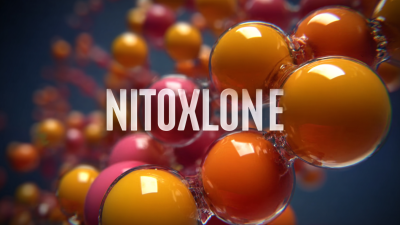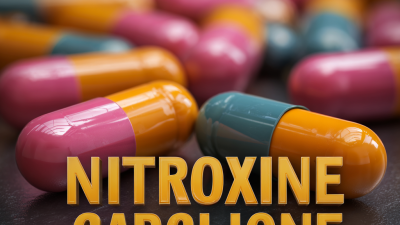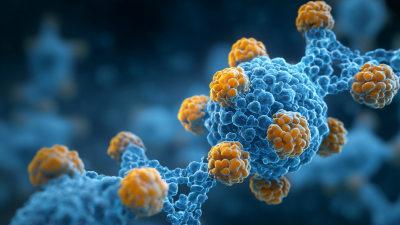Leave Your Message
In recent years, the quest for innovative treatments in cancer therapy has led researchers to explore various compounds and their mechanisms of action. Among these compounds, Nitroxoline has emerged as a promising candidate due to its multifaceted properties and potential to enhance therapeutic outcomes. Initially developed as an antibacterial agent, Nitroxoline has demonstrated an intriguing ability to disrupt cancer cell proliferation while simultaneously enhancing the effectiveness of existing chemotherapy drugs.
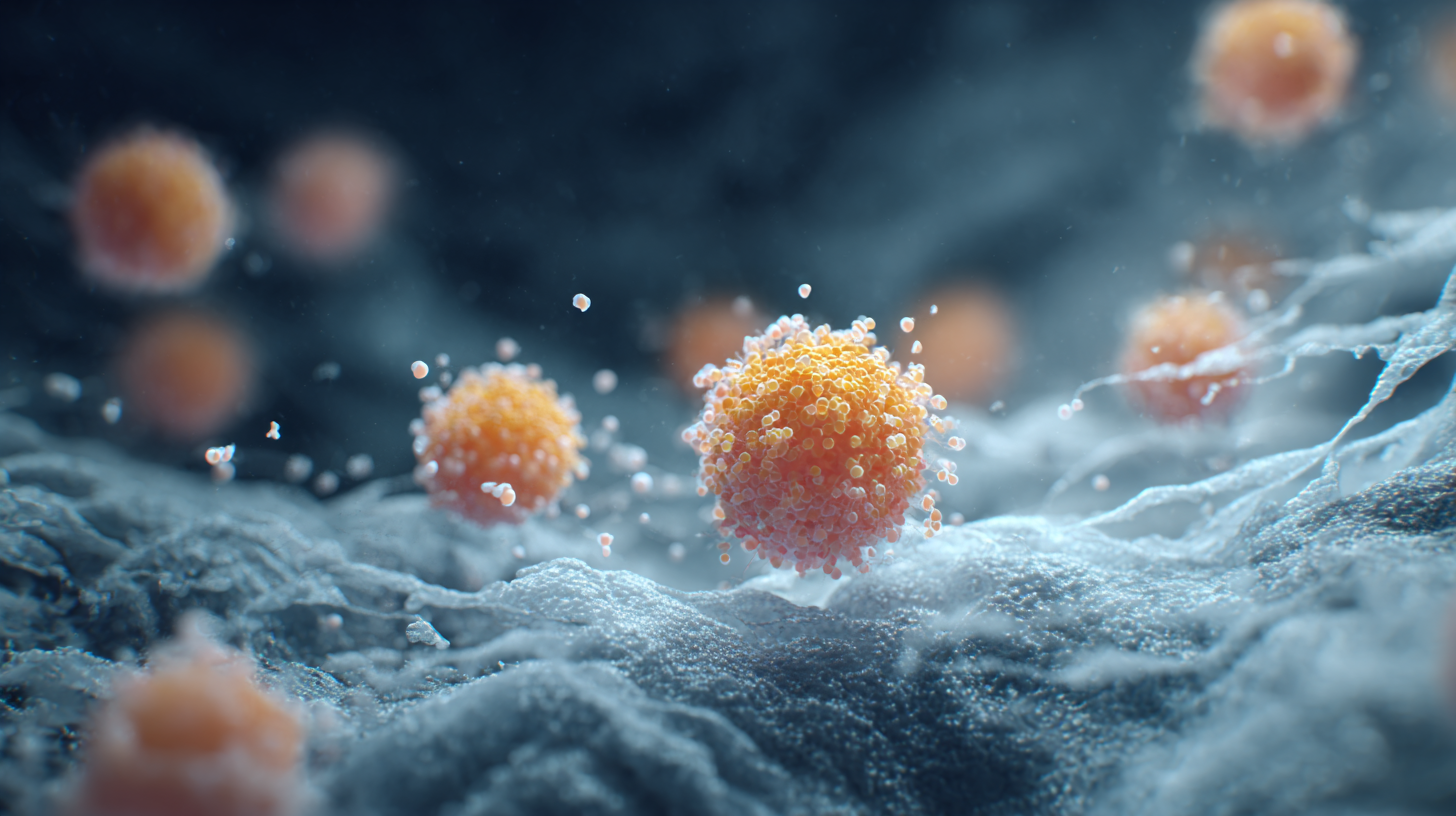
Its unique dual-action mechanism not only targets tumor cells directly but also modulates the tumor microenvironment, offering a comprehensive strategy in the fight against malignancies. As we delve into the implications of Nitroxoline in cancer therapy, we will uncover essential insights and practical tips that may pave the way for its integration into clinical practice, potentially revolutionizing how we approach cancer treatment.
Nitroxoline, a compound initially recognized for its antibacterial properties, has journeyed through various stages in medical treatments since its discovery in the mid-20th century. Originally developed as an antibiotic for urinary tract infections, it gained attention for its ability to inhibit the growth of certain cancer cells. Understanding its historical context underscores the importance of repurposing existing drugs in the search for innovative cancer therapies. Over the years, research has indicated that Nitroxoline may disrupt cancer cell metabolism and apoptosis, revealing its potential as a multifaceted treatment option.
Tips: When considering Nitroxoline as a potential treatment, always consult healthcare professionals for personalized advice. Staying informed on ongoing clinical trials can provide insights into the latest advancements in using Nitroxoline against cancer. Additionally, patients and caregivers should consider joining support groups to share experiences and gather more information about alternative therapies.
The evolution of Nitroxoline reflects a broader trend in medicine where past discoveries pave the way for future innovations. In recent studies, researchers have pointed out that the drug's safety profile might allow it to be studied in combination with other therapies, amplifying its potential benefits. This historical perspective not only sheds light on Nitroxoline's capabilities but also illustrates the value of revisiting older compounds to tackle contemporary medical challenges.
Nitroxoline, a synthetic drug traditionally used for urinary tract infections, has emerged as a promising candidate in cancer therapy. Its mechanisms of action reveal a multifaceted approach to combatting cancer cells. Primarily, nitroxoline disrupts the cellular processes by chelating metal ions essential for cancer cell proliferation. By interfering with iron metabolism, it effectively hampers the growth and survival of malignant cells, leading to apoptosis. This iron-chelation mechanism not only limits the resources available for tumors but also enhances the sensitivity of cancer cells to other therapeutic agents.
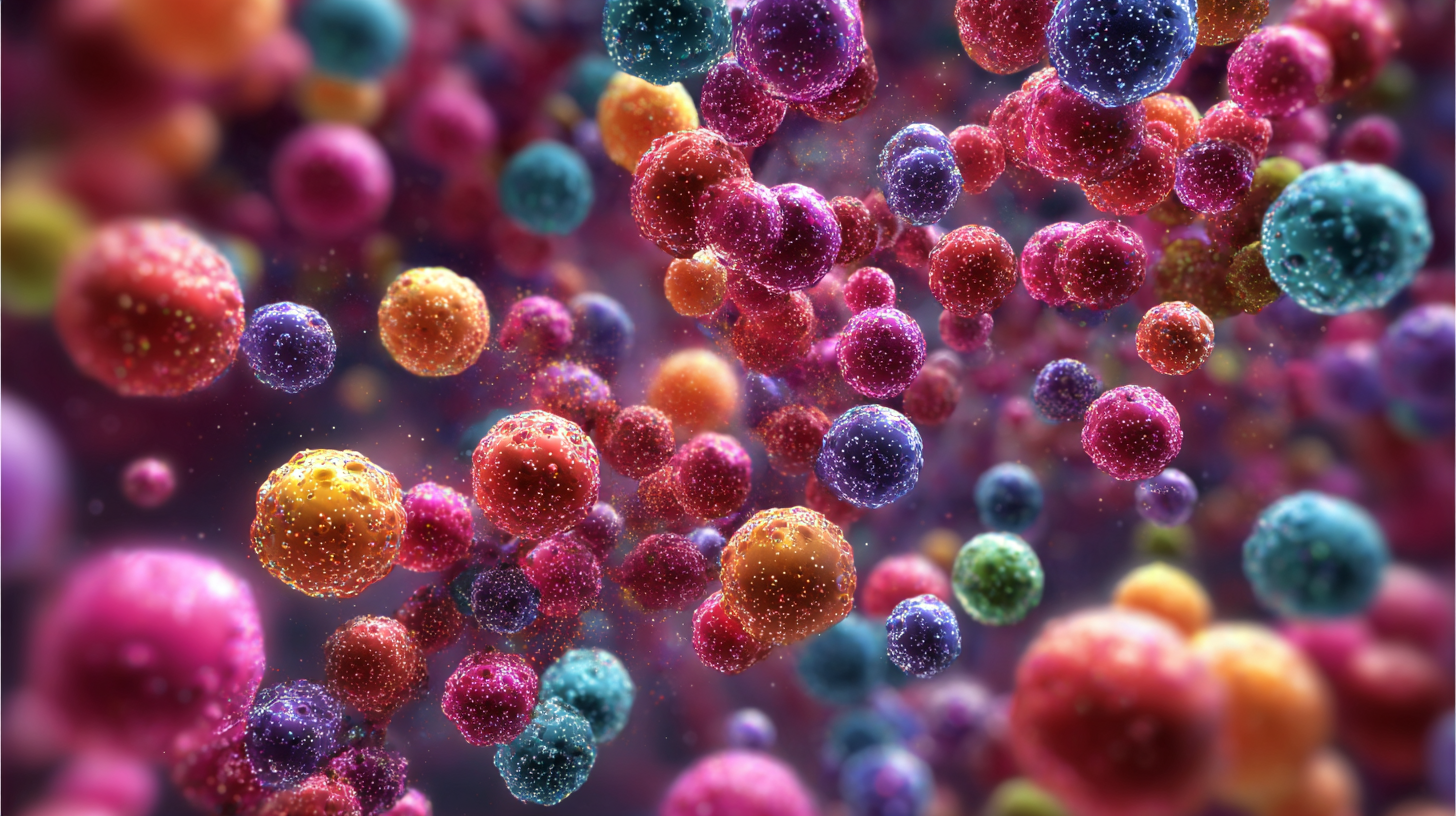
In addition, nitroxoline has shown potential in modulating various signaling pathways that are often hijacked by cancer cells. It can induce a state of cellular stress that activates the apoptotic pathways while downregulating anti-apoptotic proteins. This dual action makes nitroxoline an attractive candidate for combination therapies, potentially improving treatment outcomes for patients with resistant cancer types.
Tips: When considering potential treatments, always consult with a healthcare professional regarding new or repurposed medications. Furthermore, keeping abreast of ongoing clinical trials may provide options for innovative therapies like nitroxoline. Engaging in lifestyle changes, such as a balanced diet and regular exercise, can also play a supportive role in overall cancer treatment plans.
Nitroxoline, originally developed as an antibiotic, is now being explored for its potential role in cancer therapy. Unlike traditional cancer treatments such as chemotherapy and radiotherapy, which often lead to severe side effects and resistance, nitroxoline has shown promising results in preclinical studies for targeting cancer cells more effectively. Its ability to inhibit certain pathways involved in tumor growth while sparing healthy tissue may offer a safer alternative to conventional therapies.
When comparing nitroxoline with traditional cancer treatments, several factors come into play. Traditional therapies often rely on the brute force of high dosages to kill cancer cells, which can damage surrounding healthy tissues, leading to significant side effects. Nitroxoline, on the other hand, operates through a unique mechanism of action that selectively targets cancerous cells with less collateral damage. This difference not only potentially enhances the quality of life for patients but may also improve their overall response to treatment.
**Tip:** If you're considering cancer treatment options, consult with your oncologist about the latest research on drugs like nitroxoline. Staying informed about newer therapies can provide additional hope and possibilities for effective treatment. Additionally, exploring clinical trials may offer access to innovative therapies that are not yet widely available.
| Criteria | Nitroxoline | Traditional Cancer Therapies |
|---|---|---|
| Mechanism of Action | Targeting mitochondrial function and DNA repair | Chemotherapy: targeting rapidly dividing cells |
| Administration | Oral | Intravenous / Oral |
| Response Rate | Promising in preliminary studies (30-50%) | Varies by type (10-90%) |
| Side Effects | Low (nausea, headache) | High (nausea, fatigue, hair loss) |
| Research Status | Clinical trials ongoing | Widely studied and established |
| Cost | Generally lower | Higher, particularly for targeted therapies |
Recent clinical trials have begun to explore the efficacy of Nitroxoline, a well-known antimicrobial agent, in the realm of oncology. Researchers are investigating its potential as a novel treatment option due to its ability to inhibit the growth of certain types of cancer cells. Early studies suggest that Nitroxoline may enhance the effects of existing chemotherapy regimens and reduce the incidence of drug resistance, which is a significant challenge in cancer treatment. These trials are pivotal in assessing how Nitroxoline interacts with various tumor types and its overall impact on patient outcomes.
Additionally, ongoing research focuses on the mechanisms through which Nitroxoline exerts its anticancer effects. By examining its influence on cellular pathways and tumor microenvironments, scientists aim to identify specific biomarkers that could predict treatment responses. Preliminary results are promising, indicating that Nitroxoline not only has the potential to act as a standalone therapy but also to synergize with other cancer treatments. As these clinical trials progress, they will contribute vital insights into the role of Nitroxoline in the future of cancer therapy, paving the way for innovative treatment strategies.
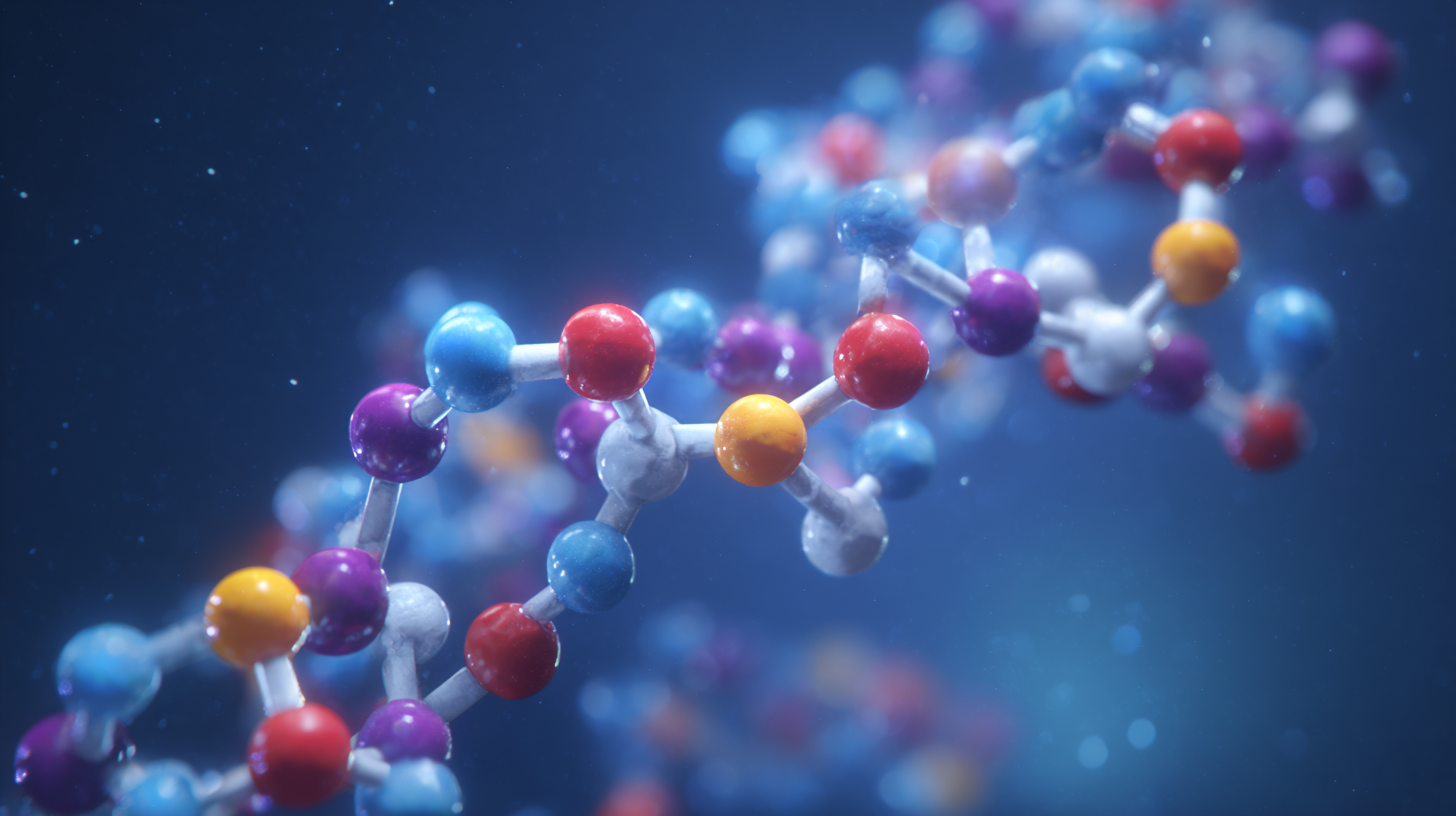
Recent advancements in cancer therapy have led researchers to explore unconventional agents, and nitroxoline has emerged as a promising candidate. Originally developed as an antibiotic, nitroxoline's multifaceted mechanisms have piqued interest for its potential application in oncology. Future directions for nitroxoline-based treatments may include combination therapies that enhance its efficacy when used alongside traditional chemotherapeutics. By identifying synergistic effects with existing cancer drugs, researchers aim to improve patient outcomes while potentially reducing the side effects associated with standard treatments.
Moreover, innovative drug delivery systems could bolster the effectiveness of nitroxoline in targeting malignant cells. Nanotechnology presents exciting prospects for the development of targeted therapies that allow for localized delivery of nitroxoline, maximizing therapeutic impact while minimizing systemic toxicity. Additionally, clinical trials investigating the role of nitroxoline in various cancer types could elucidate the pathways through which it exerts its anticancer effects, paving the way for personalized medicine approaches. As the understanding of nitroxoline’s potential evolves, it may very well redefine standard practices in cancer treatment, bringing new hope to patients and healthcare providers alike.
This chart illustrates the impact of different doses of Nitroxoline on cancer cell viability. As the dosage increases, the cell viability decreases significantly, indicating the potential effectiveness of Nitroxoline as a treatment option in cancer therapy.
